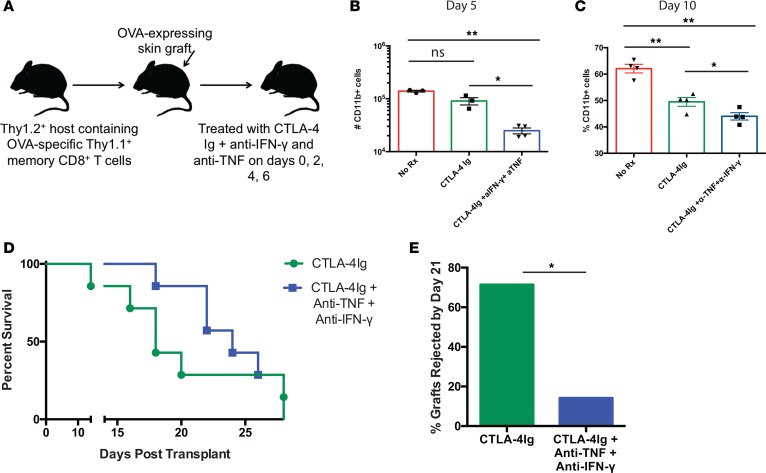Figure 6. Inhibition of IFN-γ– and TNF-mediated signals significantly impairs recruitment of CD11b+ myeloid cells into rejecting allografts and delays graft rejection.
(A) Experimental design for experiments in which recipients containing memory OT-I T cells generated as above received an OVA-expressing skin graft and were treated with either nothing, CTLA-4 Ig alone, or CTLA-4 Ig and 250 μg of anti–IFN-γ and anti-TNF as described in Methods. (B and C) Summary data of absolute numbers of graft-infiltrating CD11b+ T cells in the 3 groups on day 5 (B) and 10 (C) after transplant. Data shown are n = 5 mice/group, representative of 2 independent experiments with a total of 10 mice per group. *P < 0.05, **P < 0.01 by 1-way ANOVA. (D) Graft survival data of mice treated as above. Kaplan-Meier survival curve of mice treated as above. n=7/group. (E) Survival frequencies of allografts in CTLA-4 Ig– vs. CTLA-4 Ig + anti-TNF + anti–IFN-γ–treated animals on day 21 after transplant. *P = 0.03 by χ2 analysis of frequencies of surviving grafts. dAb, domain antibody.

